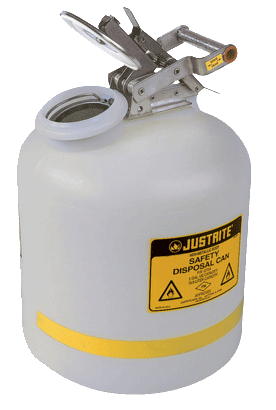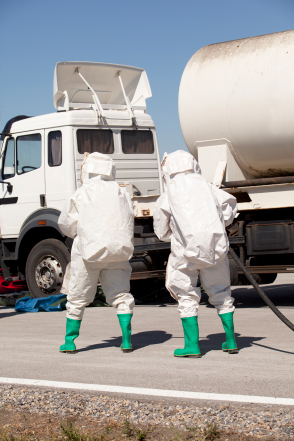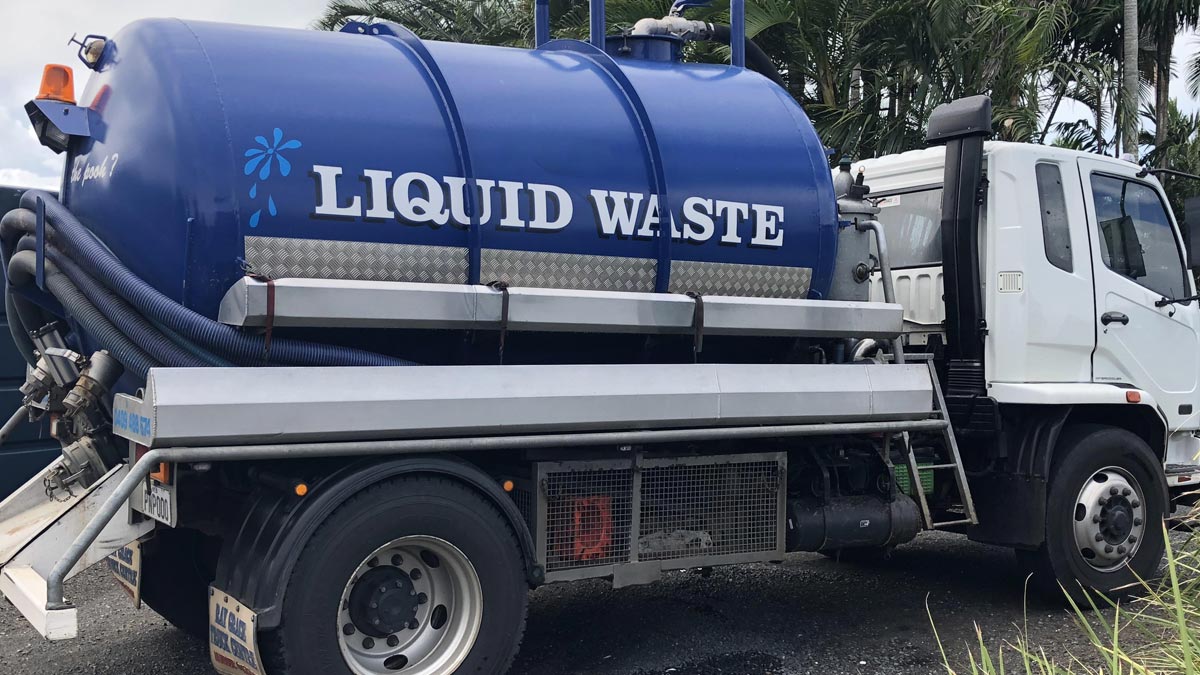Leading Liquid Waste Disposal Melbourne: Trusted Services for Proper Waste Management
Wiki Article
How Fluid Garbage Disposal Works: A Comprehensive Summary of Techniques and Technologies Used

Overview of Fluid Waste Kind
The complexity of liquid waste types demands a comprehensive understanding of their attributes and ramifications for disposal. Liquid waste can extensively be categorized into a number of kinds, including commercial, local, farming, and contaminated materials. Each category shows distinctive residential or commercial properties, needing certain monitoring strategies to mitigate ecological and health and wellness risks.
Industrial fluid waste originates from making procedures and often contains a variety of contaminants, such as heavy steels, solvents, and natural compounds. Municipal fluid waste, largely making up wastewater from homes and business facilities, contains organic matter, nutrients, and microorganisms (industrial wastewater treatment). Agricultural liquid waste, including drainage from farms, might have fertilizers, pesticides, and pet waste, posturing dangers to water quality and ecological communities
Harmful fluid waste is characterized by its poisoning, reactivity, or prospective to trigger harm. Comprehending these diverse liquid waste kinds is essential for establishing reliable disposal approaches and making sure conformity with environmental policies.
Physical Treatment Techniques

Screening is the initial step, where larger particles and particles are gotten rid of from the fluid waste using displays or grates. In sedimentation tanks, larger bits settle at the base, creating a sludge layer, while the clarified liquid can be additional dealt with.
Purification is another vital technique that involves passing the fluid via porous products, such as sand or membranes, to capture smaller sized fragments. This action improves the high quality of the fluid, making it suitable for subsequent therapy processes.

Chemical Therapy Strategies
Chemical therapy methods are necessary for effectively managing liquid waste, particularly in dealing with liquified and colloidal contaminants that physical approaches may not effectively remove. These methods utilize numerous chemical agents to reduce the effects of, speed up, or transform dangerous substances right into much less damaging types.One typical approach is coagulation and flocculation, where chemicals such as alum or ferric chloride are included to advertise the aggregation of suspended fragments. This process improves sedimentation, enabling much easier elimination of the resulting sludge. In addition, oxidation procedures, employing representatives like chlorine or ozone, are used to damage down intricate organic compounds and microorganisms, providing the waste safer for discharge or further treatment.
Neutralization is one more essential technique, which adjusts the pH of acidic or alkaline waste streams to neutral levels, avoiding potential harm to downstream systems and the environment. In addition, advanced oxidation processes (AOPs) utilize combinations of oxidants and ultraviolet light to break down consistent contaminants, attaining a higher degree of treatment efficiency.
Organic Therapy Processes
Organic therapy processes play a critical function in the management of liquid waste by utilizing bacteria to disintegrate raw material and decrease pollutant levels. These processes can be broadly classified right into aerobic and anaerobic treatments, each employing specific microbial areas to accomplish reliable waste destruction.Cardio therapy includes the use of oxygen to assist in the breakdown of natural materials by germs. This procedure is commonly implemented in triggered sludge systems, where oygenation storage tanks offer a conducive setting for microbial development, causing the oxidation of organic pollutants. The resultant biomass can be divided from treated effluent through sedimentation.
On the other hand, anaerobic therapy occurs in the lack of oxygen, counting on different bacteria to break down natural issue. This approach is specifically useful for high-strength waste, as it produces biogas, a renewable resource resource, while reducing sludge manufacturing. Technologies such as anaerobic digesters are regularly utilized in municipal and commercial applications.
Both aerobic and anaerobic organic treatments not only minimize the ecological influence of fluid waste however additionally promote resource healing, making them essential parts of sustainable waste monitoring strategies. Their effectiveness, versatility, and efficiency sustain their widespread application throughout numerous industries.
Emerging Technologies in Disposal
Innovative methods to liquid garbage disposal are quickly progressing, driven by developments in modern technology and an enhancing emphasis on sustainability. Among these arising modern technologies, membrane layer bioreactors (MBRs) have gotten grip for their capability to integrate biological therapy with membrane layer filtration, resulting in top notch effluent that can be recycled in numerous applications. Continued MBRs make it possible for smaller sized footprints and much more effective operations compared to standard systems.One more encouraging growth is the usage of anaerobic digestion combined with nutrient recuperation modern technologies, which not only treats liquid waste but also generates biogas and recovers valuable nutrients like nitrogen and phosphorus. This dual benefit improves source performance and lowers ecological influence.
In addition, progressed oxidation procedures (AOPs) are being embraced for the degradation of complex natural toxins. These approaches utilize effective oxidants and drivers to damage down impurities at the molecular degree, supplying an extremely efficient solution for tough waste streams.
In addition, the assimilation of expert system and device knowing in waste monitoring systems is maximizing operational effectiveness and predictive content upkeep, causing decreased costs and enhanced environmental conformity. These innovations mirror a considerable shift in the direction of official source more sustainable and efficient liquid garbage disposal practices.
Verdict
Finally, reliable liquid garbage disposal requires an extensive understanding of various techniques and innovations. The integration of physical, chemical, and organic treatment approaches guarantees the reliable administration of varied waste types. In addition, the introduction of innovative innovations enhances treatment efficiency and promotes sustainability in waste administration practices. By continuously progressing these methodologies, it becomes feasible to resolve the growing difficulties related to liquid waste, inevitably adding to environmental security and resource recovery.Fluid waste disposal is a vital aspect of environmental management, calling for a thorough understanding of numerous methods and innovations tailored to different waste types. Liquid waste can generally be categorized into numerous kinds, consisting of commercial, local, farming, and harmful waste. Agricultural liquid waste, including drainage from farms, may include plant foods, chemicals, and animal waste, presenting dangers to water high quality and environments.
Different physical therapy techniques play an important function in handling liquid waste effectively - industrial wastewater treatment.In verdict, reliable fluid waste disposal requires an extensive understanding of different techniques and innovations
Report this wiki page